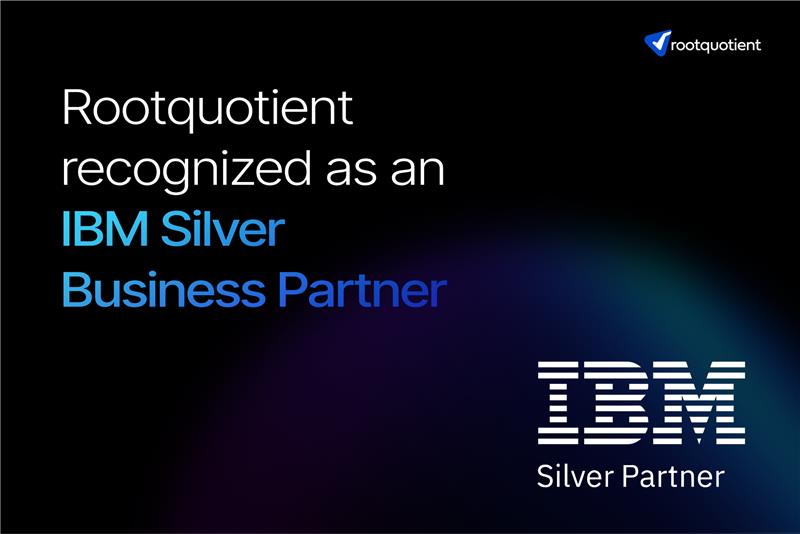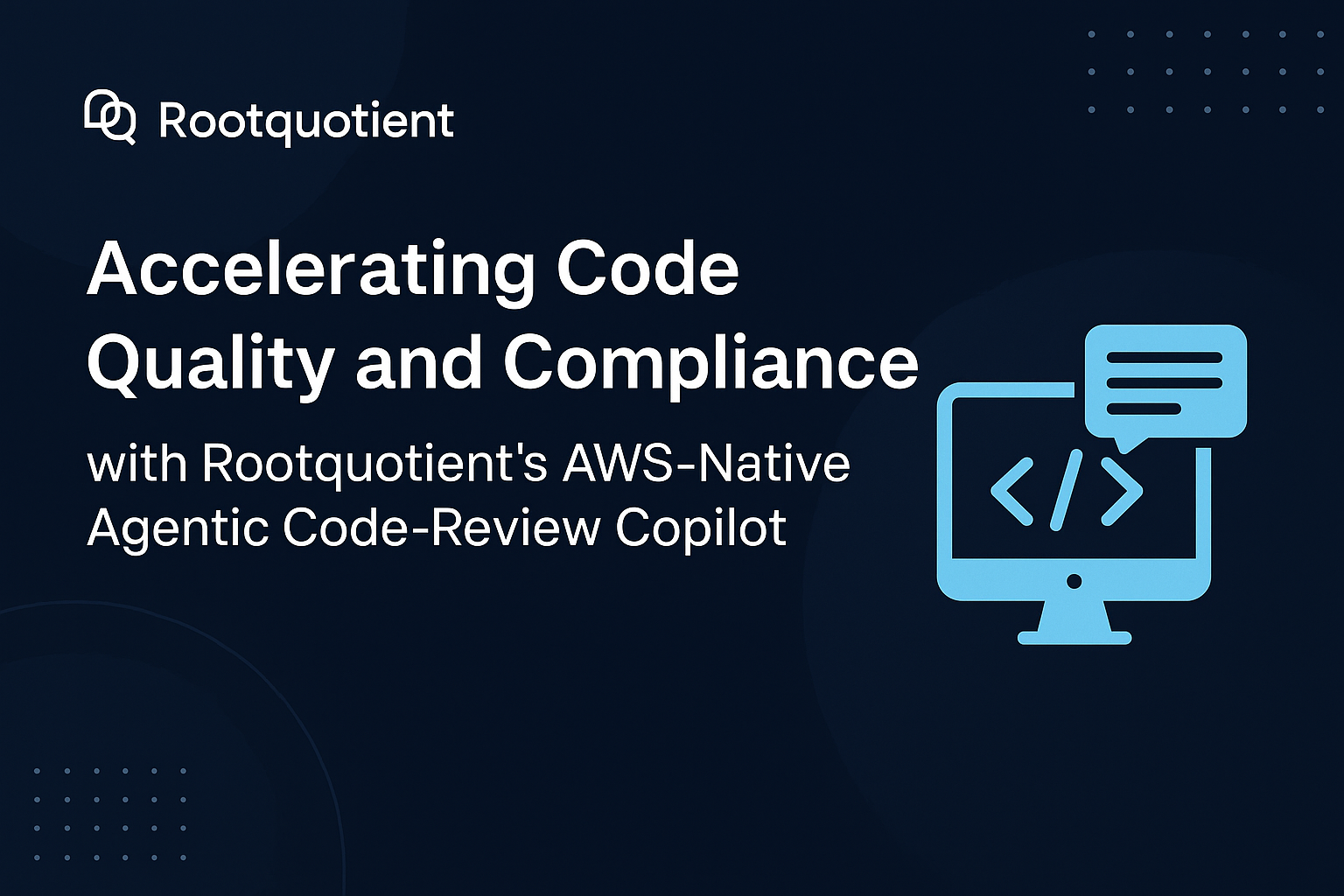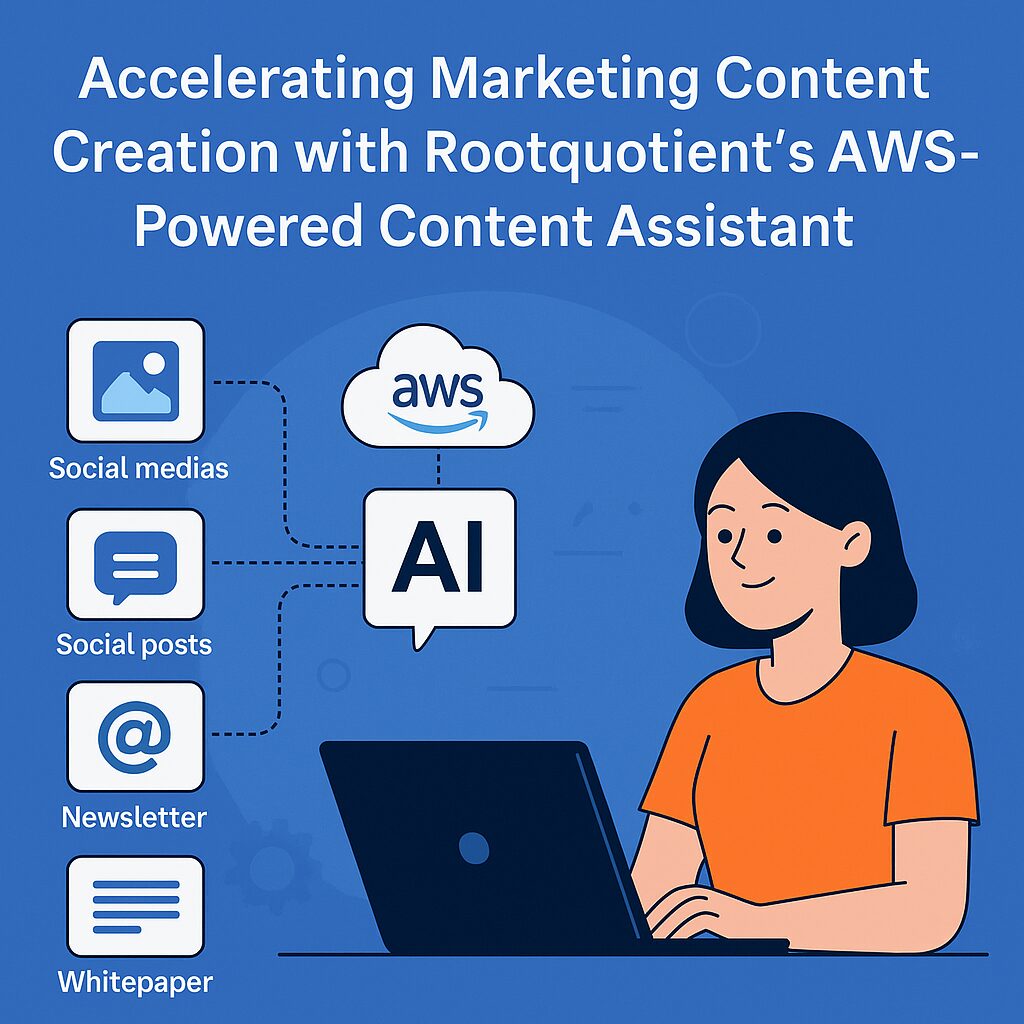Product Lifecycle Management
Modern products demand lifecycle intelligence. Our product debt management services surface and resolve technical, design, and strategic debt early, protecting delivery velocity and long-term product health.

How We Strengthen Product Lifecycles
Strategic Lifecycle Structuring
We define your product lifecycle roadmap with aligned business goals, architecture, and delivery systems, ensuring each maturity stage supports product readiness and scalability.
Cross-Stage Architectural Planning
Our PLM consulting teams design future-proof architectures that support modular growth, platform shifts, and feature rollout across product lifecycle stages.
Release Planning & Iteration Governance
We optimize release cycles, version control, and stakeholder alignment so your product development lifecycle adapts without chaos.
Predictive Analytics
We implement modeling algorithms for customer behavior prediction and optimized pricing strategies. Our expertise also includes trend analysis and sales revenue forecasting based on historical data.
Sunsetting & Transition Management
We help teams plan structured product exits or transitions, minimizing downstream risk while preserving ecosystem value and operational continuity.
Lifecycle Intelligence
& Tooling
Our product lifecycle management solutions integrate tooling, dashboards, and product health metrics that inform decisions across phases, ensuring you don’t scale blind.

Loyalty program integration for Shopify
Alignment That Scales
Resilience Through Governance
Continuity Across Phases
Our process preserves system knowledge and decision context across team changes, pivots, and scale, ensuring nothing is lost in translation.
Proactive Risk Management
We identify risks early in the lifecycle using product health metrics and adoption signals, preventing rework and late-stage friction.
Strategic Oversight Built In
We integrate your lifecycle operating model with tools and indicators that surface when to evolve, optimize, or sunset.
Lifecycle-Centric Collaboration
We align product, design, and engineering teams around a shared lifecycle view, closing handoff gaps, speeding up delivery, and reinforcing ownership.
How We Approach Lifecycle-Led Product Evolution
Beyond Build & Release Thinking
- We view product development as a continuous loop; each phase feeds the next, from planning and design to sunsetting.

Lifecycle Systems, Not Static Plans
We implement enterprise PLM consulting solutions that adapt to product complexity and evolving user needs.

Technical & Design Readiness Aligned
Our product lifecycle strategy integrates design maturity, technical feasibility, and delivery governance to reduce decision gaps.

Phase Aware Architecture
We build scalable architecture that evolves with product maturity, enabling transitions without disruption.

Visibility Into Product Maturity Stages
We surface adoption patterns, tech usage, and system signals to guide roadmap shifts and refactor timing.

Lifecycle Driven Teams
We enable product and engineering functions to operate with shared lifecycle intelligence, reducing fire drills, misalignment, and rework.


Conducting in-depth studies to understand user motivations, decision flows, and friction points that shape product engagement.

Analyzing current product experiences against industry best practices and competitor positioning to uncover improvement opportunities.

Structuring navigation, workflows, and interaction patterns that prioritize clarity, usability, and conversion

Creating behavioral personas and mapping end-to-end journeys to ensure every interaction feels intuitive and outcome-driven.
UX Validation

Using qualitative and quantitative feedback to validate design choices, identify early friction points, and optimize for product success.
Driving Product Lifecycle Maturity at Scale
“We had experienced people on our project. They were notably fast and better than anyone we’d seen before. The team came on board quickly and excelled for their responsiveness, speed of development, and experience.”
“The team pays close attention to our requirements. Spend time discussing the project with Rootquotient; they’ve been helpful in guiding us”
“Rootquotient is reasonably priced, offers very good communication, and delivers solid work… I’m really happy with them; that’s why our relationship is ongoing”

How does strategic lifecycle structuring improve product success?
Strategic lifecycle structuring defines how a product will evolve across maturity stages, ensuring that each phase, whether early adoption, scaling, or legacy transition, supports readiness and scalability.
At Rootquotient, this involves aligning business goals, modular growth architecture, and delivery velocity preservation into a unified lifecycle operating model. This clarity prevents ad-hoc decision-making, reduces late-stage rework, and ensures roadmap priorities reflect the product’s current phase.
For example, in SaaS product lifecycle management, a well-structured lifecycle allows for seamless shifts from MVP feature delivery to enterprise-grade scalability without losing technical or design cohesion.
What is cross-stage architectural planning and why is it critical?
Cross-stage architectural planning ensures the product’s technical foundation can adapt as it moves between lifecycle phases. This means designing phase-aware architecture that supports modular growth, platform transitions, and integration needs without disrupting existing operations.
Rootquotient applies this approach to fintech platform lifecycle optimization, where early architectural choices must sustain transaction scaling, compliance updates, and feature evolution over time. The result is reduced dependency bottlenecks, minimized downtime during transitions, and greater confidence when planning for future phases.
How does release planning and iteration governance reduce disruption?
Release planning and iteration governance provide a structured approach to version control best practices, phased rollout governance, and stakeholder alignment. At Rootquotient, we ensure releases are sequenced to match adoption readiness, reduce release disruption, and maintain delivery velocity.
This includes establishing clear iteration cycles, defining rollout criteria per maturity stage, and integrating lifecycle intelligence dashboards for real-time oversight. For instance, in enterprise software PLM implementation, structured governance prevents mid-release scope changes that can destabilize the product.
How does sunsetting and transition management protect product value?
Sunsetting and transition management ensure products in their legacy phase exit the market or evolve without harming customer trust, operational continuity, or ecosystem stability. Rootquotient develops lifecycle operating models that include data migration strategies, communication plans, and phased feature deprecation. In retailtech product sunsetting strategies, for example, this approach allows the business to introduce a replacement system while preserving integrations and preventing user disruption. By managing transitions with precision, we minimize revenue loss and maintain brand credibility.
How do lifecycle intelligence dashboards improve decision-making?
Lifecycle intelligence dashboards consolidate product health metrics tracking, adoption pattern analysis, and phase-aware alerts into a single view. These dashboards empower teams to make informed roadmap adjustments, prioritize technical debt prevention, and identify the right time for refactors or phase transitions. At Rootquotient, we use tooling for lifecycle visibility to ensure engineering, product, and business teams have a shared, real-time understanding of maturity stage readiness. In loyalty platform lifecycle governance, this level of visibility allows proactive scaling and controlled feature retirement.
How is technical debt prevented across the product lifecycle?
Preventing technical debt across the lifecycle involves embedding governance, architecture reviews, and phased rollout planning from the earliest stages. Rootquotient applies risk management across product maturity stages by ensuring design and technical readiness are validated before each release. We integrate feedback loops, adoption signal tracking, and modular growth architecture principles to avoid compounding issues. In healthtech product phase transitions, this proactive approach prevents costly refactors when compliance, data handling, and interoperability demands shift over time.











